DAWN
Daily Arts Web Nucleus
Discover the Arts! Each day a different image from the Literary, Performing, or Visual Arts representing a portion of Scripture plus an explanation with links and a discussion forum 2013 December 20
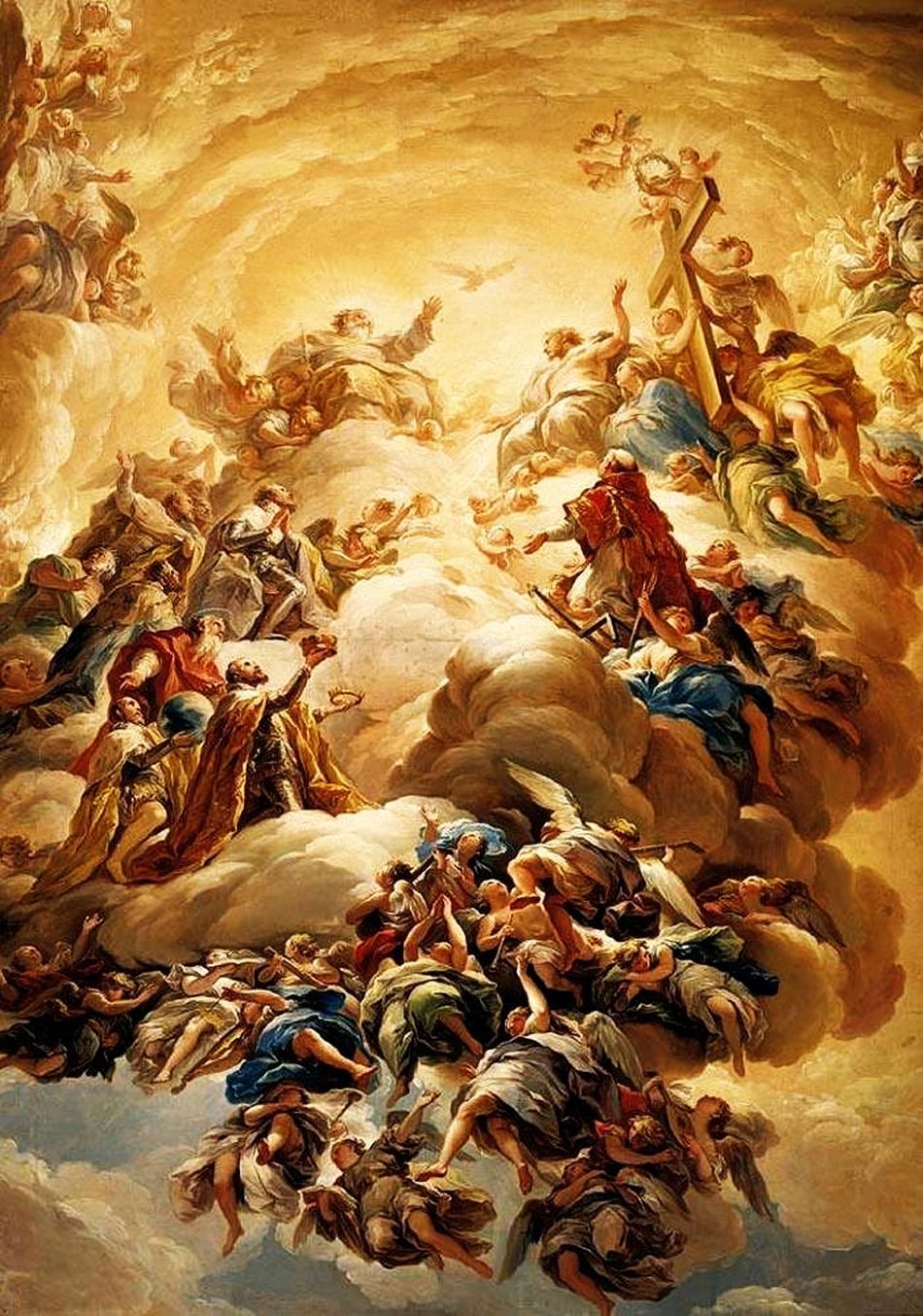
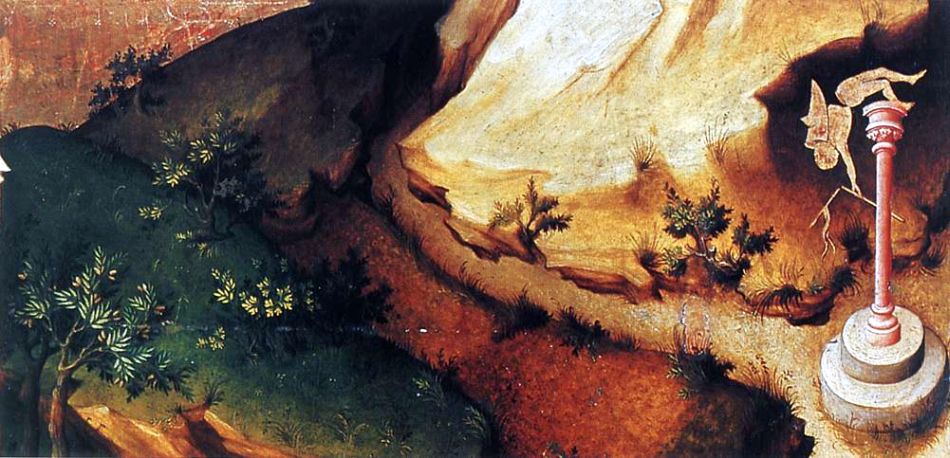
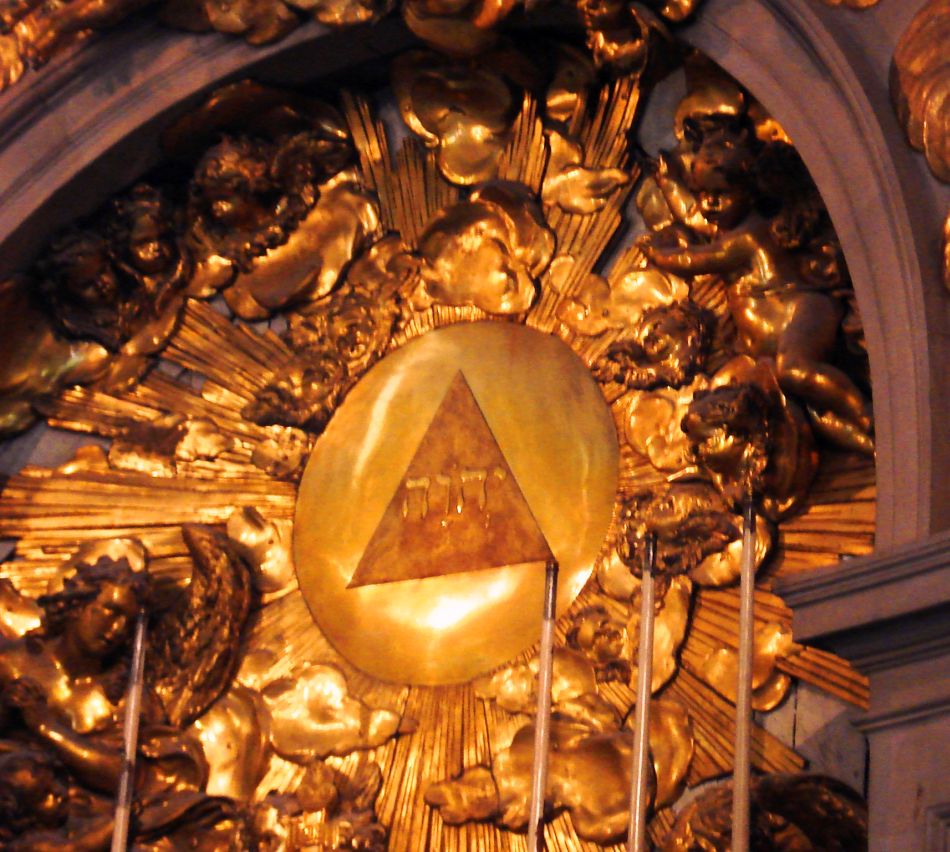
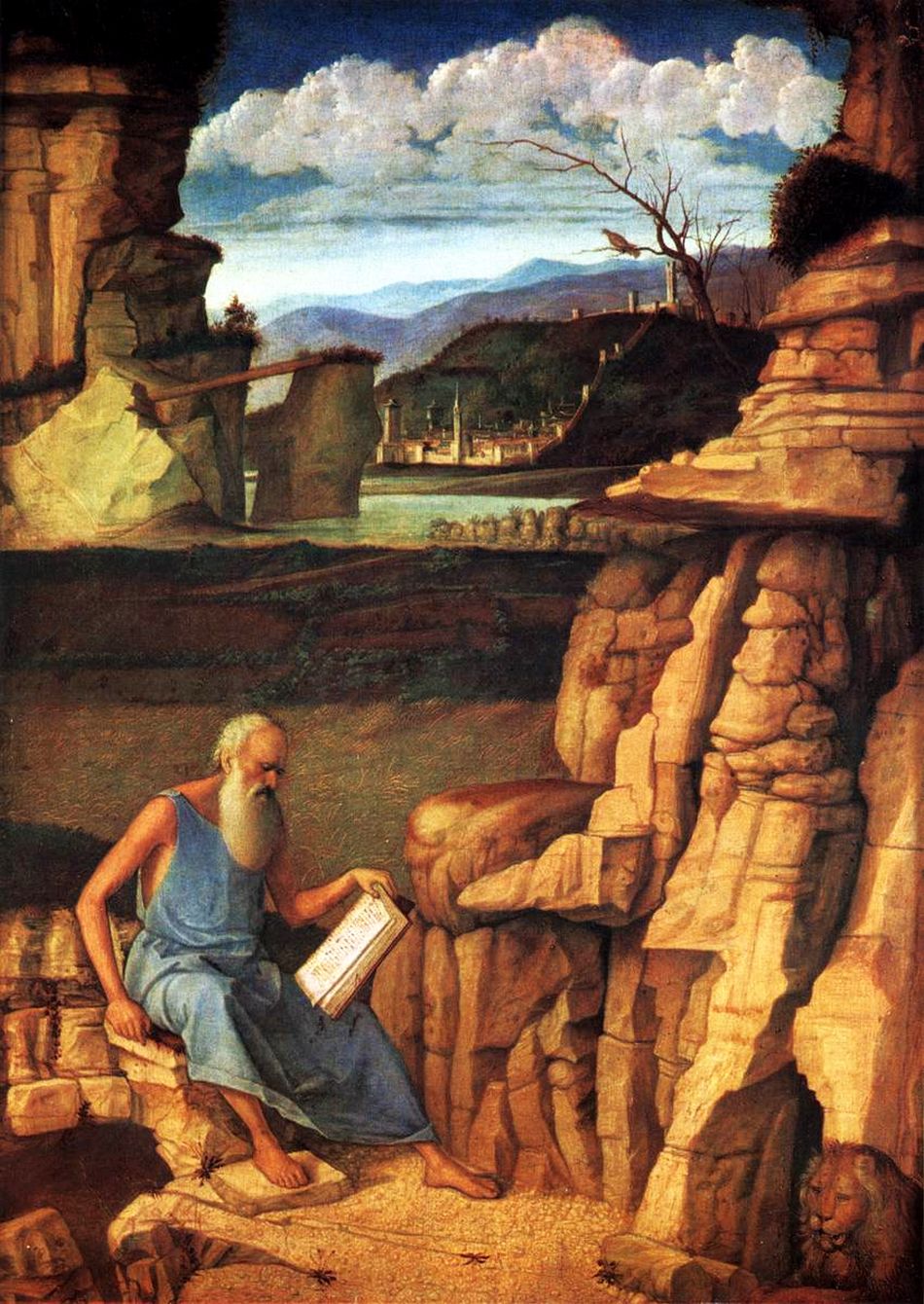
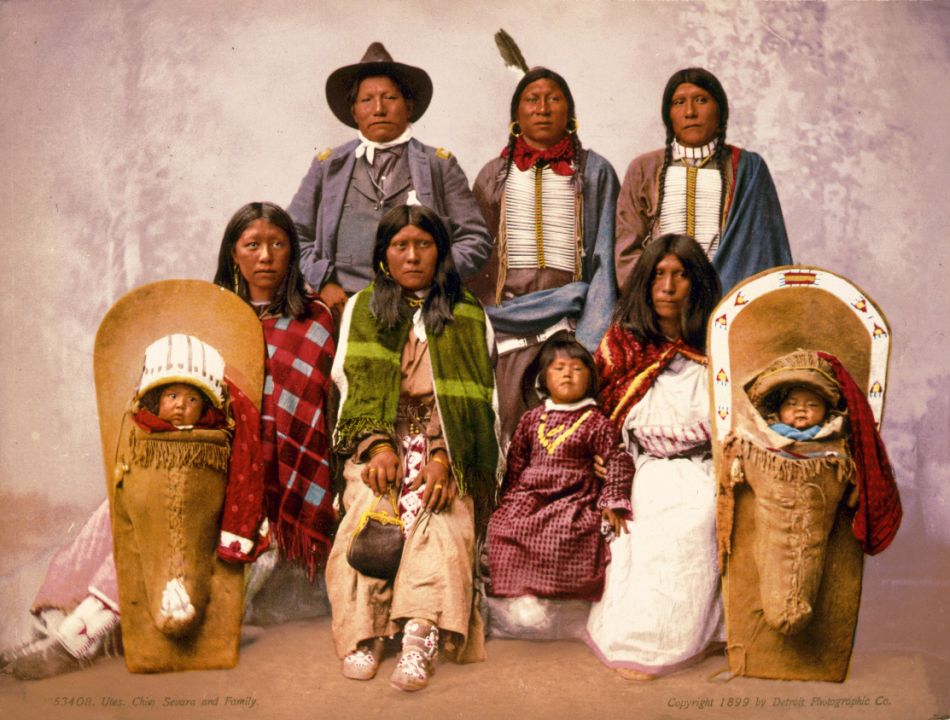
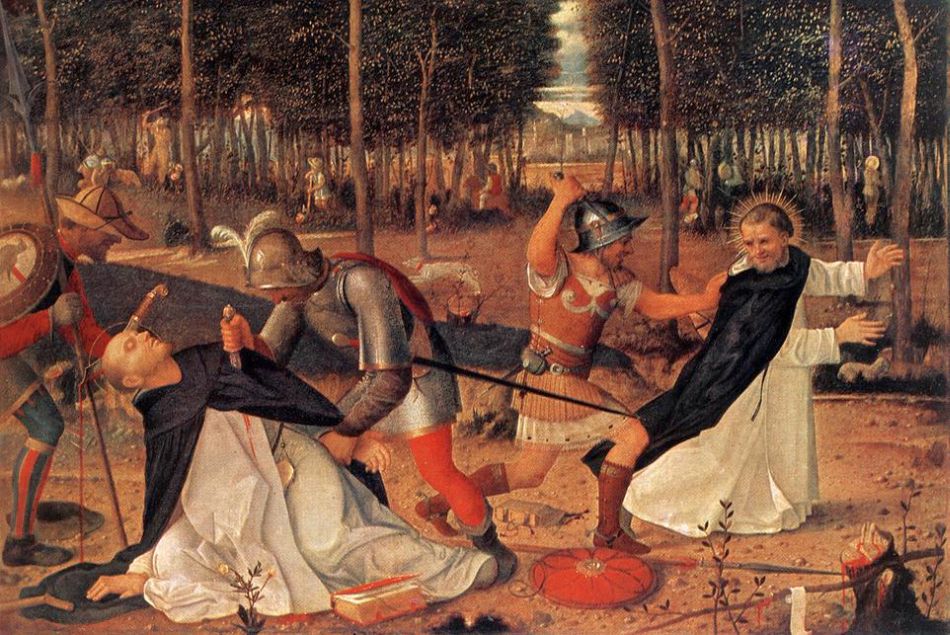
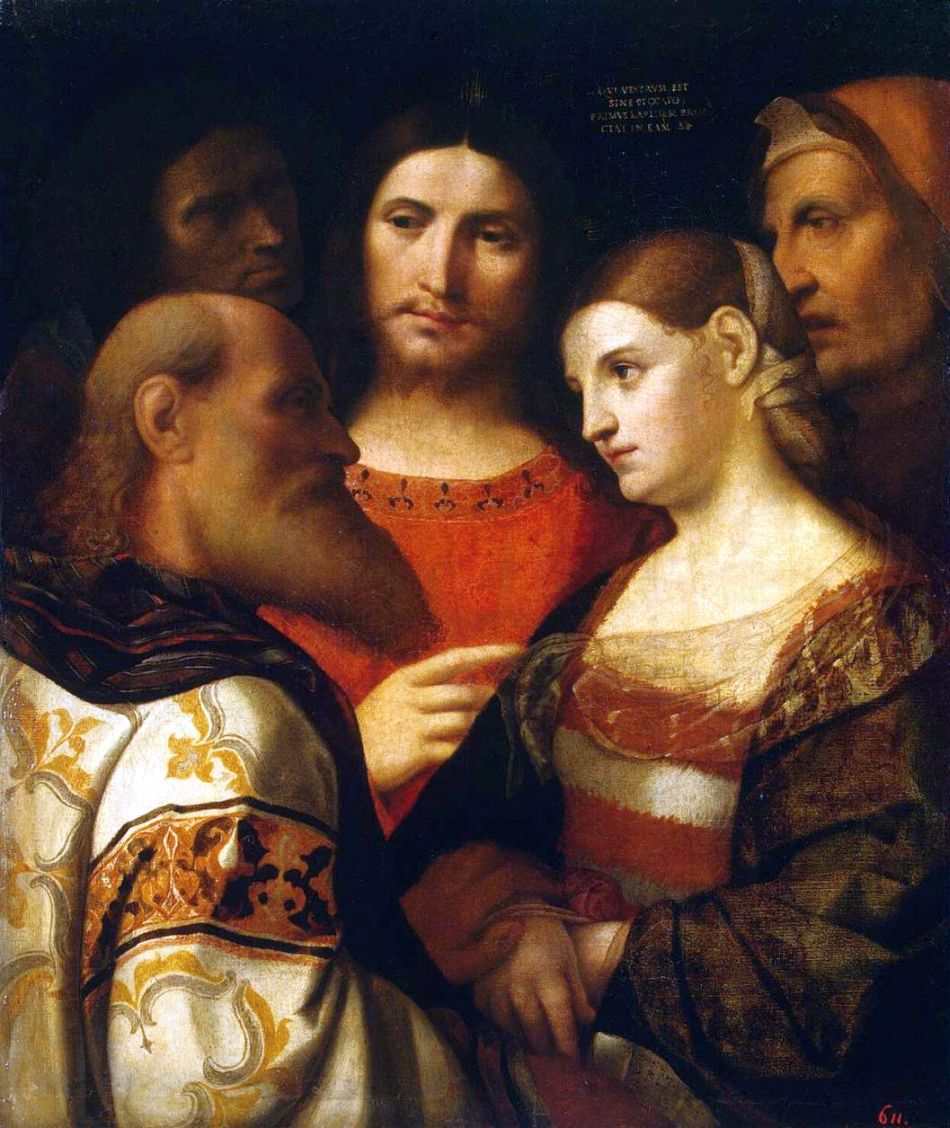
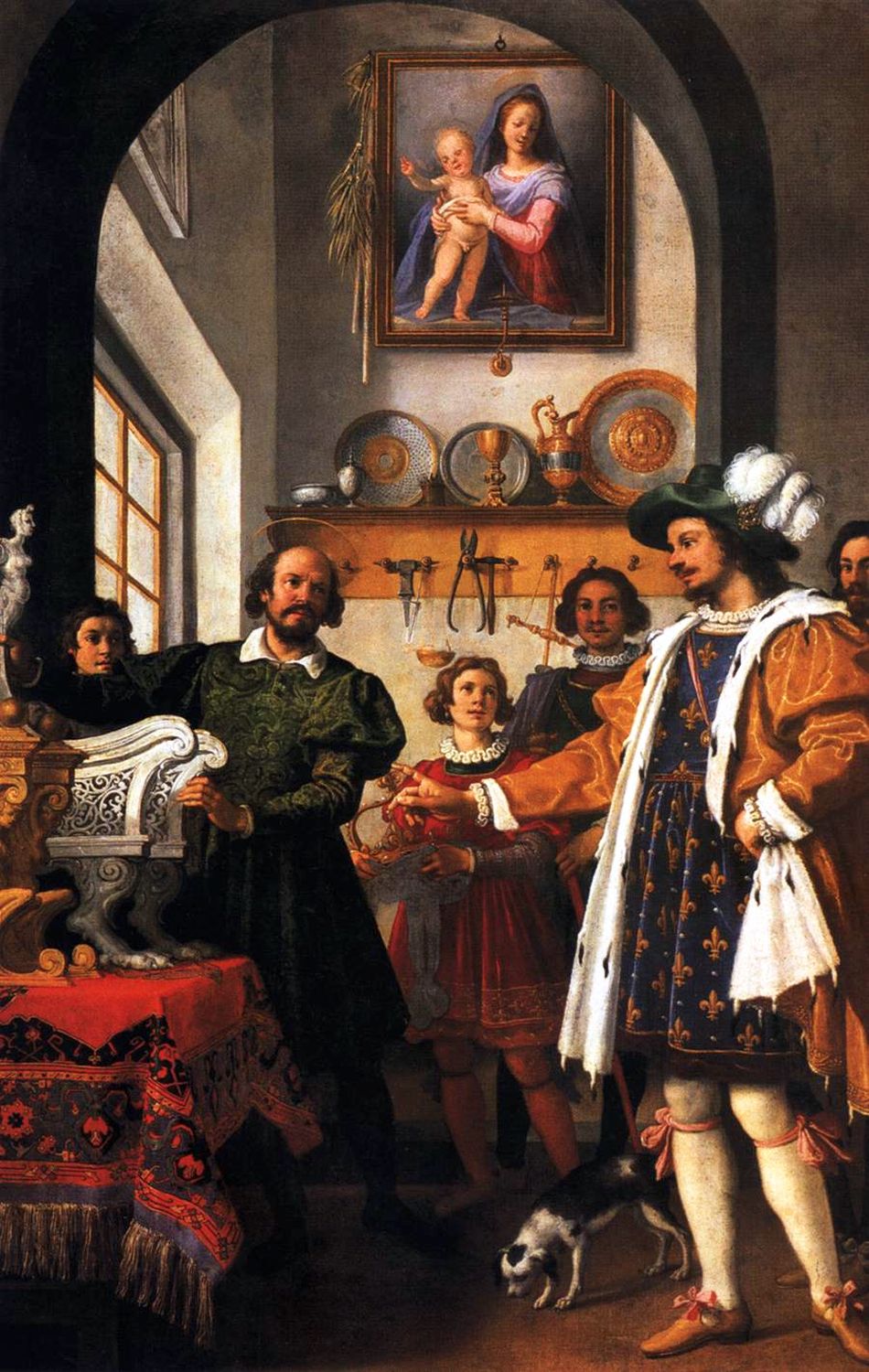
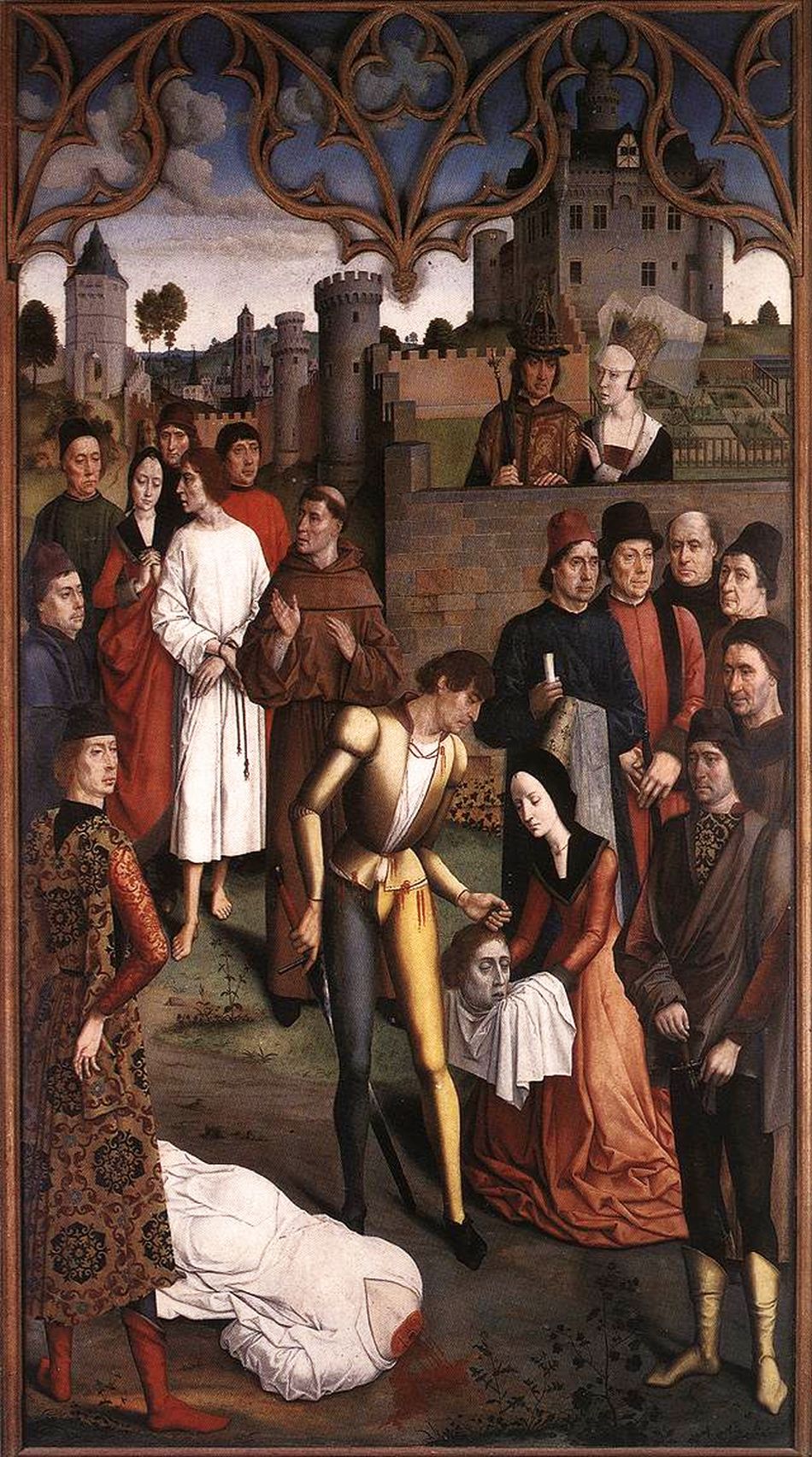
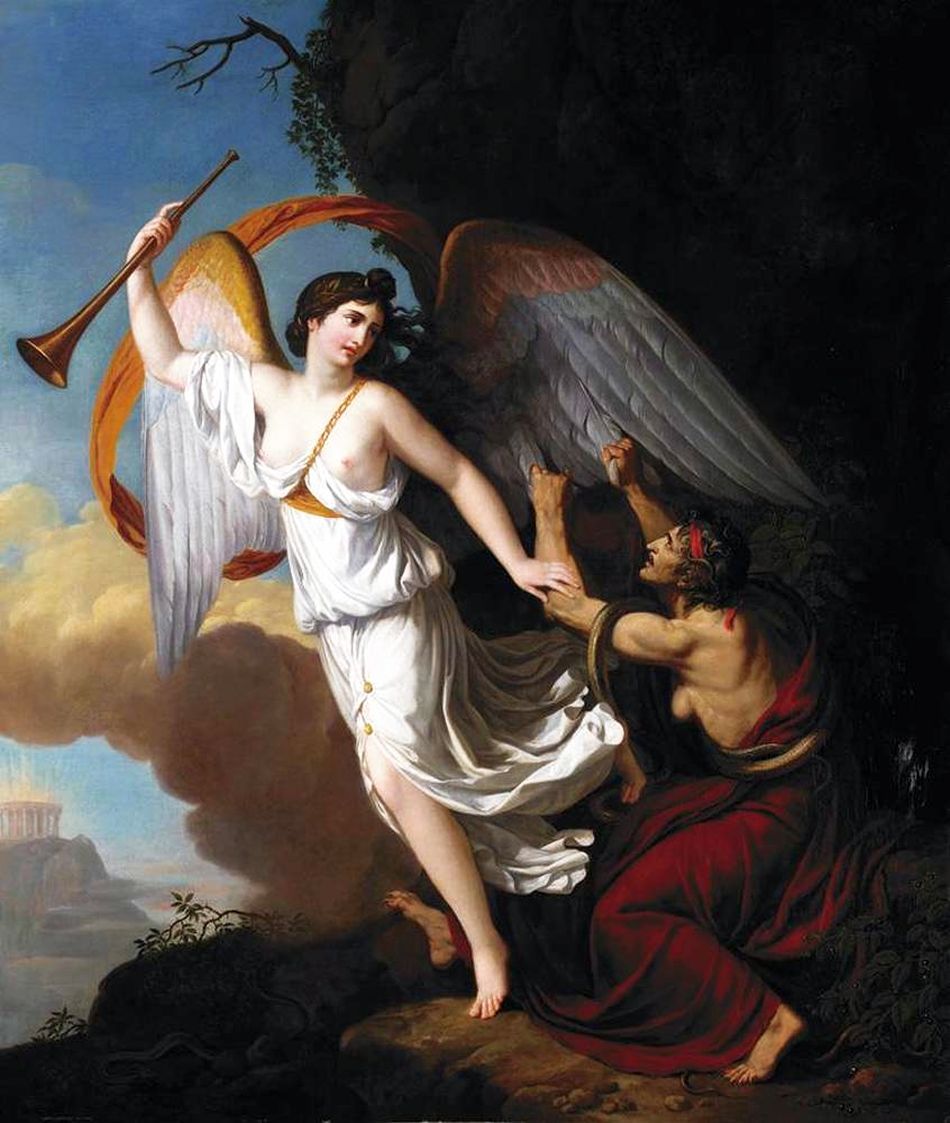
Image 1: Adoration of the Trinity (1791-1792)
Vicente Lopez y Portana (1772-1850)
Neoclassical Style
Private Collection
Image Source: Web Gallery of Art
~~~~~~~~~~
Image 2: Broken Idol: Detail from The Flight into Egypt (1393-1399)
Melchior Broederlam (c. 1350 - 1409)
Early Netherlandish Style
of the Northern Renaissance
Musee des Beaux-Arts of Dijon, Dijon, France
Image Source: Web Gallery of Art
~~~~~~~~~~
Image 3: Tetragrammaton (1710)
Artist: Perhaps Pierre Lepautre (1659-1744)
Photographer: P. Vasiliadis (Photo - 2007)
Artwork: Bas-Relief
Depicted Via Photo of the Bas-Relief
5th Chapel of the Palace of Versailles, Versailles, France
Image Source: Web Gallery of Art
~~~~~~~~~~
Image 4: St Jerome Reading in the Countryside (1480-1485)
Giovanni Bellini (c. 1430 - 1516)
Italian Renaissance Style, Venetian School
National Gallery, London, England, United Kingdom
Image Source: Web Gallery of Art
~~~~~~~~~~
Image 5: Utes. Chief Sevara (actually Severo or Shavano - Rainbow) ca. 1899
Library of Congress Photo -- Restoration by trialsanderrors
Reproduction of a photograph titled "Ute Indians" taken by Nast of Denver, Colorado, in 1885 (?)
(Source: Denver Public Library, image X-30721.)
"Hand Colored" Photo (Reproduction Number: LC-USZC4-4168)
Detroit Publishing Company Collection. Copyright by the Detroit Photographic Co.
Rights Advisory: No known restrictions on publication.
Library of Congress Prints and Photographs Division, Washington, D.C., USA
Image Source: Wikimedia
~~~~~~~~~~
Image 6: The Murder of St Peter the Martyr (1509)
Giovanni Bellini (c. 1430 - 1516)
Italian Renaissance Style, Venetian School
Courtauld Gallery, London, England, United Kingdom
Image Source: Web Gallery of Art
~~~~~~~~~~
Image 7: Christ and the Woman Taken in Adultery (1510-1511)
Palma Vecchio (c. 1480 - 1528)
Italian Renaissance Style, Venetian School
The Hermitage, St. Petersburg, Russia
Image Source: Web Gallery of Art
~~~~~~~~~~
Image 8: The Honesty of Eligius (1614)
Jacopo da Empoli (1551-1640)
Counter Mannerism Style
Galleria degli Uffizi, Florence, Italy
Image Source: Web Gallery of Art
~~~~~~~~~~
Image 9: The Execution of the Innocent Count (c. 1460)
Dieric Bouts the Elder (c. 1415 - 1475)
Early Netherlandish Painter Style; Belonging to the Late Gothic and Early Renaissance Periods
Musees Royaux des Beaux-Arts, Brussels, Belgium
Image Source: Web Gallery of Art
~~~~~~~~~~
Image 10: Envy Plucking the Wings of Fame (1806)
Francois-Guillaume Menageot (1744-1816)
Neoclassical Style
Private Collection
Image Source: Web Gallery of Art
Explanation: The ten illustrations above depict each of the Ten Commandments, either directly or in respect to a derived concept. The first illustration shows all worship in heaven and earth being directed to the triune God, as would be expected when his creatures had no other god but him. The second illustration shows a broken idol, as is appropriate to the second commandment. The third illustration exalts the name of God, as is appropriate for those who are careful not take the LORD's name in vain. The fourth illustration depicts a form of Sabbath rest, in this case a life dedicated to the things appropriate to Sabbath. The fifth illustration depicts the kind of inter-generational unity (arising from respect for one's parents) for which Native Americans are famous. The sixth illustration depicts the violation of the command which prohibits murder. The seventh illustration depicts a woman who violated the commandment against adultery. The eighth illustration depicts the opposite of a thief -- a man who was honest with money. The ninth illustration depicts an execution brought about by a false witness. The tenth illustration depicts a form of covetousness called envy -- in this case the wish to have the fame of another and to destroy that fame since it cannot be acquired by the covetous person.
In Exodus 20 the LORD gives the Ten Commandments and begins to give additional laws. (As a side note, Moses did not receive the tablets with the Ten Commandments until chapter 31, after a 40 day visit with the LORD on Mount Sinai). Chapter 20 opens as the LORD introduces himself audibly to the people as "the LORD your God, who brought you out of the land of Egypt, out of the house of slavery" (1-2). On that basis, he proceeds to give his laws: the first commandment is "You shall have no other gods before me" (3). In the second commandment, the LORD forbids idol making and idol worship because those who do so forsake God's love (4-6). The third commandment prohibits anyone from taking the LORD's name in vain (7). The fourth commandment commands a day of rest and cessation of work in imitation of God who rested on the seventh day (8-11). The fifth commandment says to honor your father and your mother (12). The sixth commandment forbids murder (13). The seventh commandment forbids adultery (14). The eighth commandment forbids theft (15). The ninth commandment forbids false witness (16). The tenth commandment forbids covetousness (17). The LORD spoke these commandments audibly to the people, and they asked Moses to speak to them instead of God, because they were afraid they might die if they continued to hear God audibly. So the people stood afar off, and Moses drew near to the thick darkness where God was (18-21). God then reiterated, to Moses, his prohibition against idolatry; and he commanded that altars be made of earth or of uncut stone without steps leading up to them, lest their nakedness be exposed upon them (22-26).
The Ten Commandments are called a "covenant" (Exodus 34:28; Deuteronomy 4:13; Deuteronomy 9:9); and they are the foundation of all the other laws of the Bible (the "Old Covenant" and the "New Covenant"). Also, from a literary standpoint they are arranged in a chiastic structure -- a form of parallelism in which a series of statements use similar or contrasting words, phrases, or thoughts in reverse order, with the reversal starting at the at the mid-point of the passage. In the case of the Ten Commandments, the parallelism is based on the area (thought, word, or deed) which is regulated by the commandment. The chiastic order is as follows: (# 1) Thoughts; (# 2) Thoughts; (# 3) Words; (# 4) Deeds; (# 5) Deeds; (# 6) Deeds; (# 7) Deeds; (# 8) Deeds; (# 9) Words; (# 10) Thoughts. The first commandment deals with the heart, as does the last, thus forming a framework for the Ten Commandments in which the condition of the heart determines not only the content of the thoughts, but also one's words and deeds, both of which proceed from the heart (cf., Proverbs 4:23).
Exodus 20
1 And God spoke all these words, saying,
2 "I am the LORD your God, who brought you out of the land of Egypt, out of the house of slavery.
3 "You shall have no other gods before me.
4 "You shall not make for yourself a carved image, or any likeness of anything that is in heaven above, or that is in the earth beneath, or that is in the water under the earth.
5 You shall not bow down to them or serve them, for I the LORD your God am a jealous God, visiting the iniquity of the fathers on the children to the third and the fourth generation of those who hate me,
6 but showing steadfast love to thousands of those who love me and keep my commandments.
7 "You shall not take the name of the LORD your God in vain, for the LORD will not hold him guiltless who takes his name in vain.
8 "Remember the Sabbath day, to keep it holy.
9 Six days you shall labor, and do all your work,
10 but the seventh day is a Sabbath to the LORD your God. On it you shall not do any work, you, or your son, or your daughter, your male servant, or your female servant, or your livestock, or the sojourner who is within your gates.
11 For in six days the LORD made heaven and earth, the sea, and all that is in them, and rested on the seventh day. Therefore the LORD blessed the Sabbath day and made it holy.
12 "Honor your father and your mother, that your days may be long in the land that the LORD your God is giving you.
13 "You shall not murder.
14 "You shall not commit adultery.
15 "You shall not steal.
16 "You shall not bear false witness against your neighbor.
17 "You shall not covet your neighbor's house; you shall not covet your neighbor's wife, or his male servant, or his female servant, or his ox, or his donkey, or anything that is your neighbor's."
18 Now when all the people saw the thunder and the flashes of lightning and the sound of the trumpet and the mountain smoking, the people were afraid and trembled, and they stood far off
19 and said to Moses, "You speak to us, and we will listen; but do not let God speak to us, lest we die."
20 Moses said to the people, "Do not fear, for God has come to test you, that the fear of him may be before you, that you may not sin."
21 The people stood far off, while Moses drew near to the thick darkness where God was.
22 And the LORD said to Moses, "Thus you shall say to the people of Israel: 'You have seen for yourselves that I have talked with you from heaven.
23 You shall not make gods of silver to be with me, nor shall you make for yourselves gods of gold.
24 An altar of earth you shall make for me and sacrifice on it your burnt offerings and your peace offerings, your sheep and your oxen. In every place where I cause my name to be remembered I will come to you and bless you.
25 If you make me an altar of stone, you shall not build it of hewn stones, for if you wield your tool on it you profane it.
26 And you shall not go up by steps to my altar, that your nakedness be not exposed on it.'
PARTICIPATION: We have 7 areas available (via email) for your participation. We are accepting contributions for Prose, Poetry, Writers, Visual Artists, Music, DAWN, and ILLUMINATION. DAWN, the page you are presently visiting, features a new image daily and invites discussion of the artist, style, or Biblical subjects depicted. ILLUMINATION features a compact, Illuminated Bible for which we are accepting visual, auditory, musical, and written contributions on any Biblical passage or theme. Our goal is to have a community-made, online, Illuminated Bible.
Please Email Comments, Questions, and Contributions for All Areas To
AD LIB ARTS EMAIL
copyright 2013, Scott Souza
|









